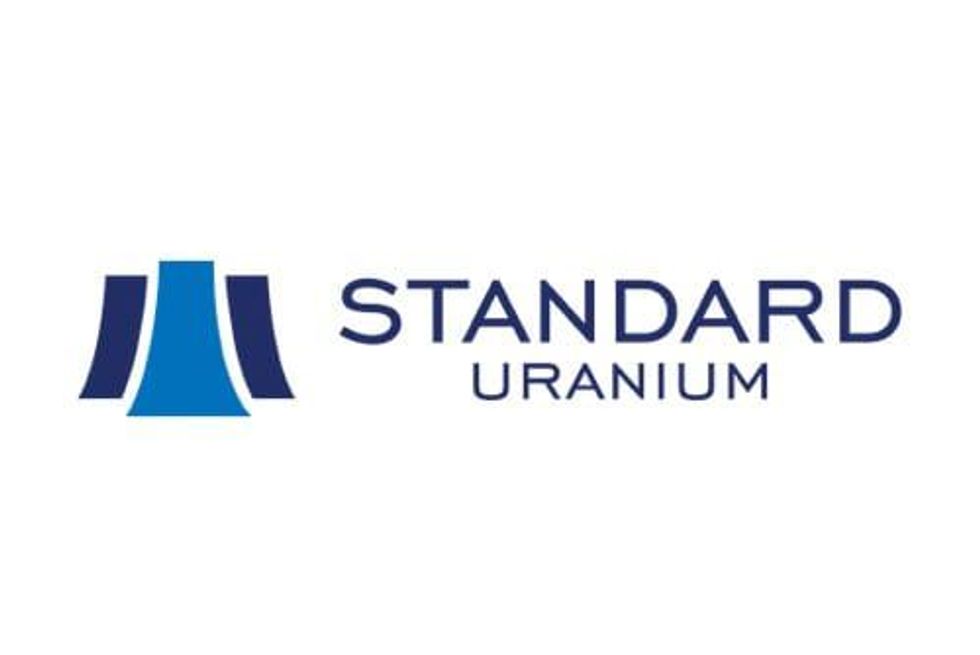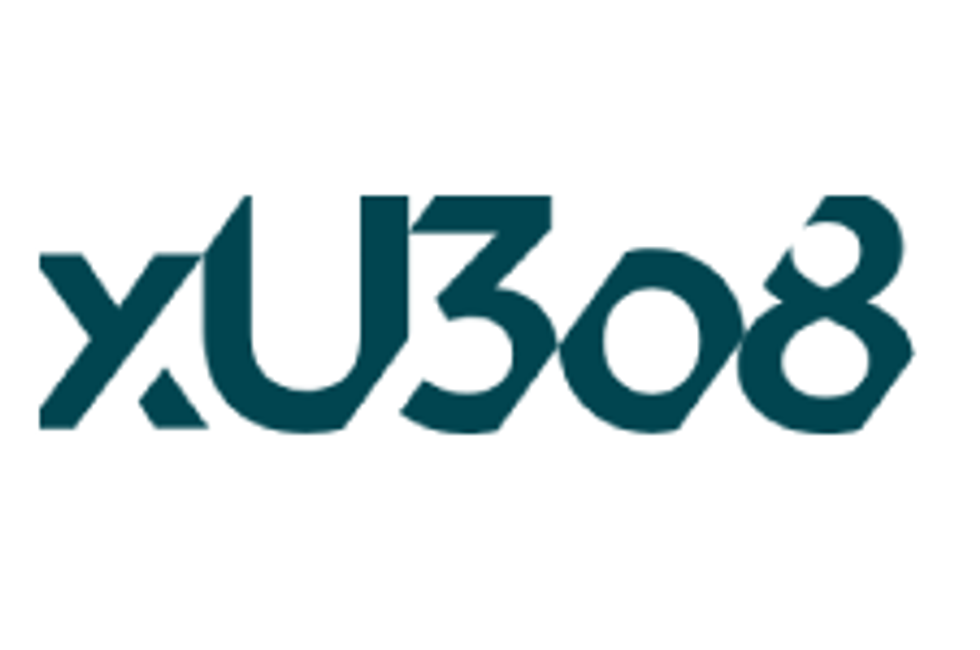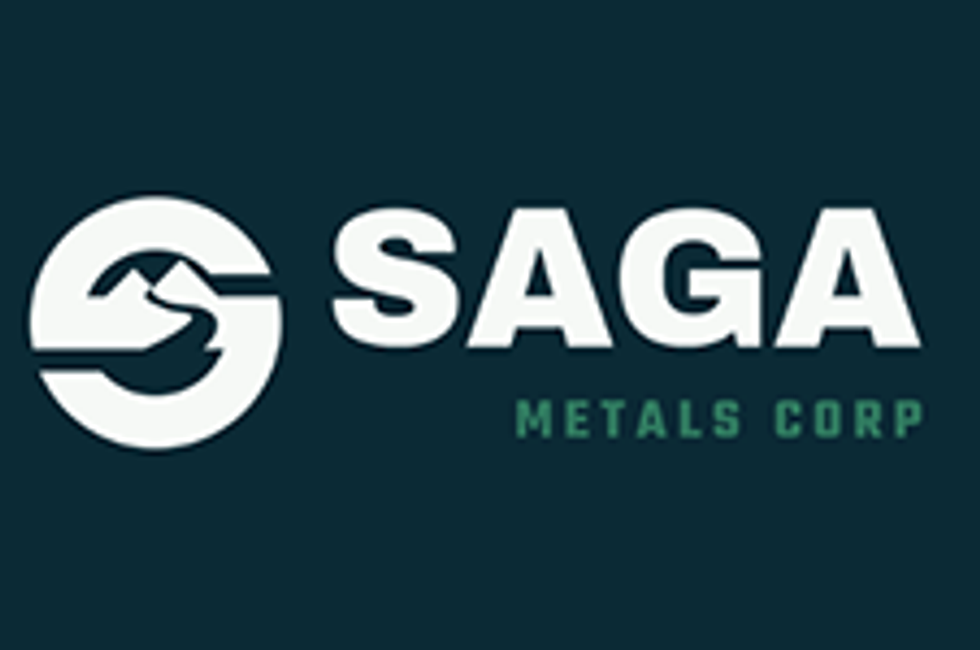
The conflict in Ukraine shines a light on both the pivotal role of geopolitics in uranium supply and the importance of geopolitical stability.
Conflict in Eastern Europe has had a significant impact on uranium prices, putting up to 16.5 percent of global supply at risk. This is not the first time geopolitical tensions have impacted the uranium market, either. Given that uranium is a crucial fuel source for nuclear energy, investors, mining agencies and energy companies alike must factor geopolitical risk into their decision making.
Operating at a global scale has always been somewhat challenging. Global mining companies must typically navigate multiple processes and policies around exploration, discovery and production. They must also understand the geopolitical climate of each region in which they operate and the likelihood of that climate disrupting operations.
Per McKinsey, managing geopolitical risk is now more important than it has ever been. Political, societal and legislative instability must be factored into all investment and purchase decisions in the mining sector. Mining companies, particularly those focused on uranium, can no longer afford to ignore such matters.
How is geopolitical risk defined and measured?
Geopolitical risk is best defined as the intersection of multiple domestic and international risk factors connected to a region's government and populace. Said factors may range from political insurrection and armed conflict to unfavorable legislation and policy disputes.
The most important thing to understand is that even a country that appears sound from a geopolitical standpoint is not entirely risk free. There is always the chance that a regime change may lead to unfavorable policies or legislation. Moreover, instability in neighboring countries or regions may spill over into an area that was previously stable. It's therefore crucial that companies and investors alike take a big-picture approach to geopolitical risk management, examining prospects from both a short-term and long-term perspective.
As with all risk management, geopolitical risk ultimately comes down to one question — how much risk can one tolerate before an investment is no longer feasible?
How geopolitical risk impacts the uranium market
As noted by Fission Uranium (TSX:FCU,OTCQX:FCUUF), geopolitical risk has traditionally been a secondary consideration in uranium supply. Recent events have changed that, demonstrating how vulnerable many of the world's top producers are to disruption. A February webinar published by leading nuclear fuel analyst UxC even went so far as to call 2022 the year of geopolitical risk.
It's a difficult assertion to dispute, given the state of the world's top uranium producers.
For instance, Kazakhstan accounts for more than 40 percent of global uranium supply and is also home to Kazatomprom (FWB:0ZQ), the world's single largest producer of uranium. The country started the new year with a series of violent protests now referred to as Bloody January. Since then, widespread civil unrest has given way to industrial unrest, with workers striking across the country.
Internal disruption aside, Kazakhstan arguably falls within Russia's sphere of influence, especially after President Vladimir Putin put an end to the internal conflict. Sanctions and actions taken against Russia in response to its ongoing conflict with Ukraine thus have the potential to even further limit Kazakh uranium supply.
This conflict has itself caused considerable disruption as well, with the two regions representing roughly 16.5 percent of global supply. According to Saskatoon-based Cameco (TSX:CCO,NYSE:CCJ), uranium spot prices rose by 13 percent in just the first week of fighting. Cameco spokesperson Jeff Hryhoriw has asserted that this only further drives home the importance of country of origin, with geopolitical climate, ESG and security of supply becoming critical considerations.
The fourth and fifth largest global producers of uranium, Namibia and Niger, are also high-risk climates. According to research compiled by globalEDGE, Namibia's economic outlook, political climate and business environment are all uncertain, marking it as a relatively high risk region. Last year, Niger experienced a botched military coup just 48 hours before inaugurating a new president.
Only Canada and Australia, respectively the second and third largest producers, can be regarded as generally low risk from a geopolitical standpoint. While both represent sound investments, there are several factors that give Canada an edge.
Why Canada is the safest jurisdiction for uranium investment
Straddling the Alberta-Saskatchewan border, the Athabasca Basin is home to the richest deposits of high-grade uranium in the world. Given that both Canadian provinces hold the mining sector in extremely high regard, regional mining policies are incredibly favorable. Saskatchewan has even been ranked as the second most attractive mining jurisdiction in the world, second only to Nevada, US.
Given the above, it should come as no surprise that the Athabasca Basin has a long history of uranium mining. Mining and exploration companies such as Purepoint Uranium Group (TSXV:PTU,OTCQB:PTUUF) own and operate extensive infrastructure across the region, with an advanced portfolio consisting of almost 200,000 hectares of claims across 12 exploration projects.
Purepoint's flagship Hook Lake joint venture project with Cameco and Orano Canada is regarded as one of the highest-quality exploration projects in Canada, and its 100 percent owned Red Willow project is tracking and defining a uranium-bearing system with high levels of radioactivity in the initial drill holes that are very similar to the mineralized setting the company discovered near the Spitfire deposit at the Hook Lake project.
The Athabasca Basin is also home to the McArthur River uranium mine, currently the world's largest deposit of high-grade uranium. Jointly owned by Cameco and Orano Canada, the mine's operations were suspended from 2018 through 2022. Cameco announced in February that it will restart production at McArthur River and the nearby Key Lake mill in 2024, at which point it expects an annual output of 15 million pounds.
Takeaway
Global uranium supply currently faces considerable disruption, with all but two of its top producers marked by geopolitical instability. Canada's Athabasca Basin has the potential to fill this supply gap, owing as much to its incredibly rich deposits of high-grade uranium as its stable, pro-mining political climate. It is one of the safest jurisdictions in the world for uranium mining, which ultimately makes it a safer investment for those looking at the uranium space.





